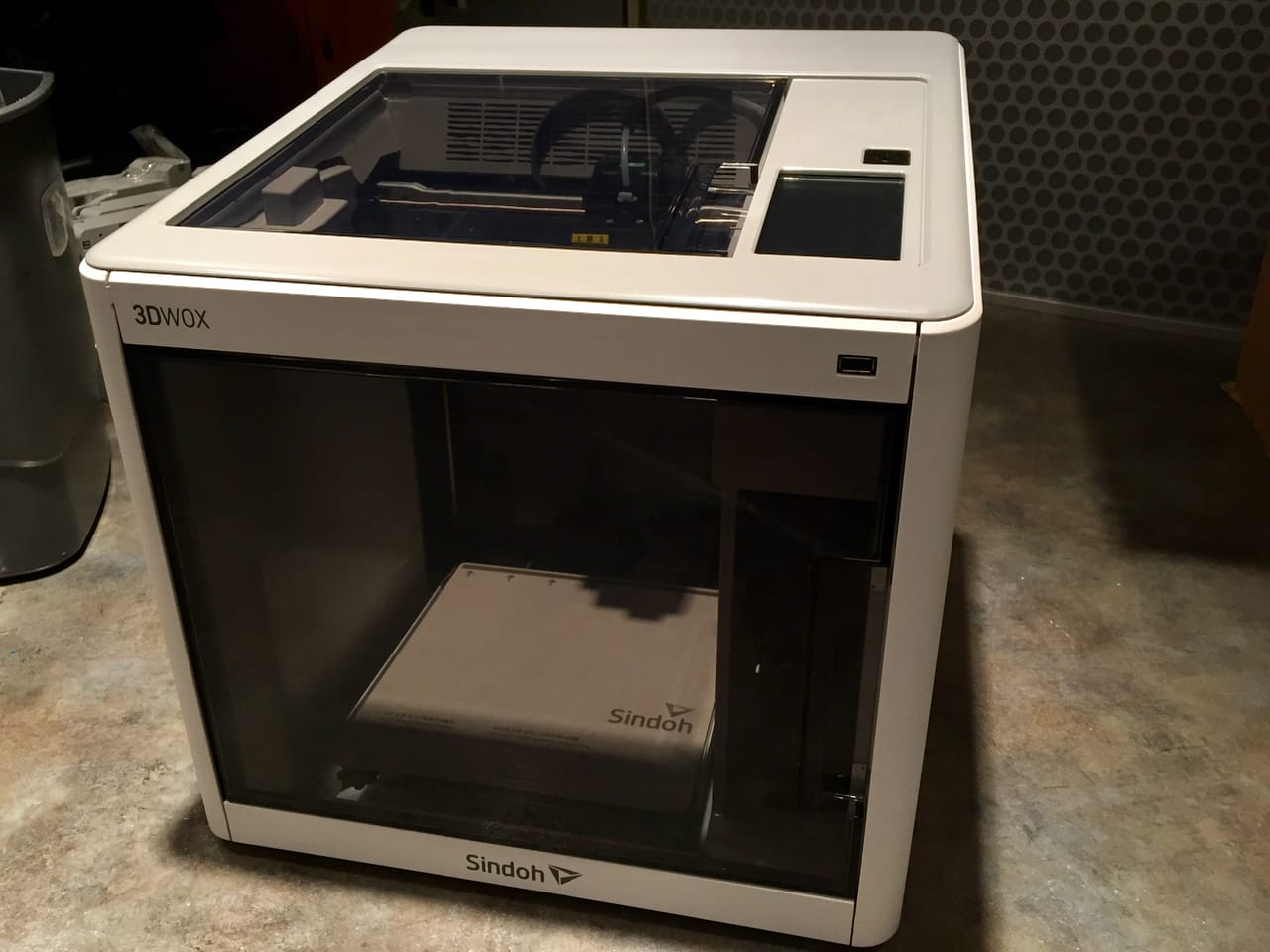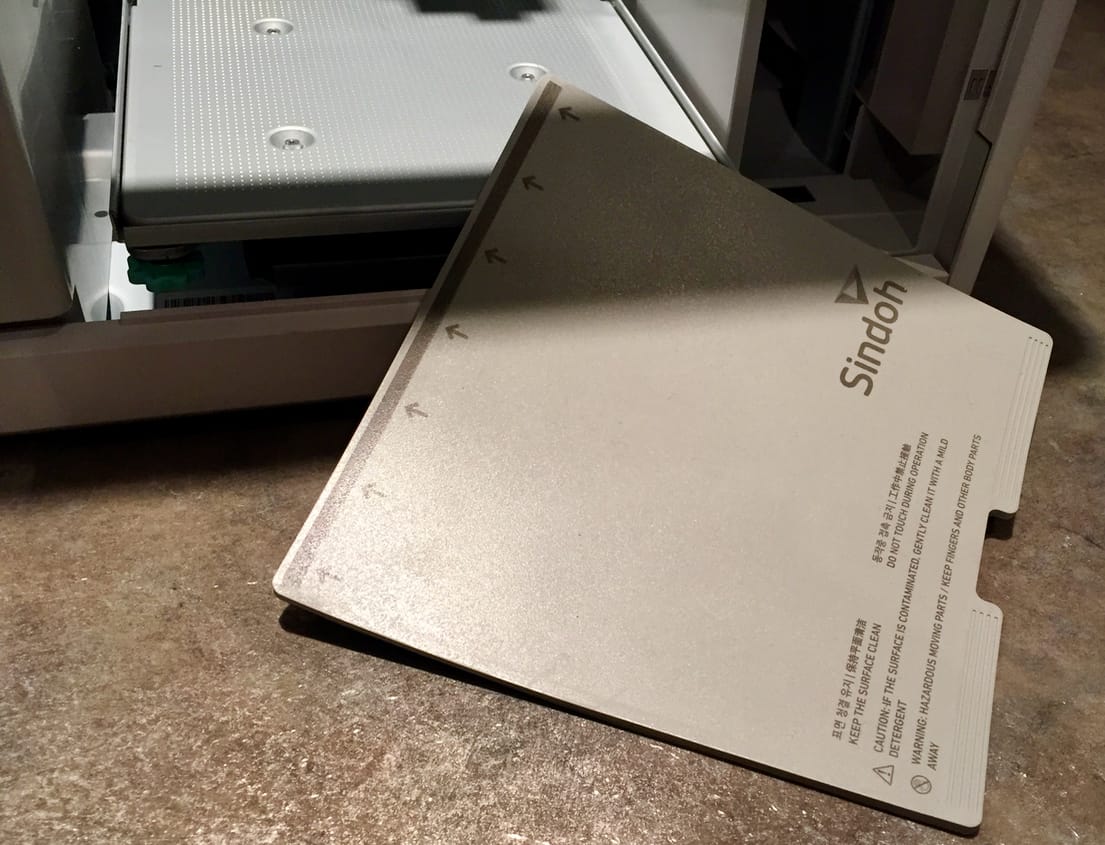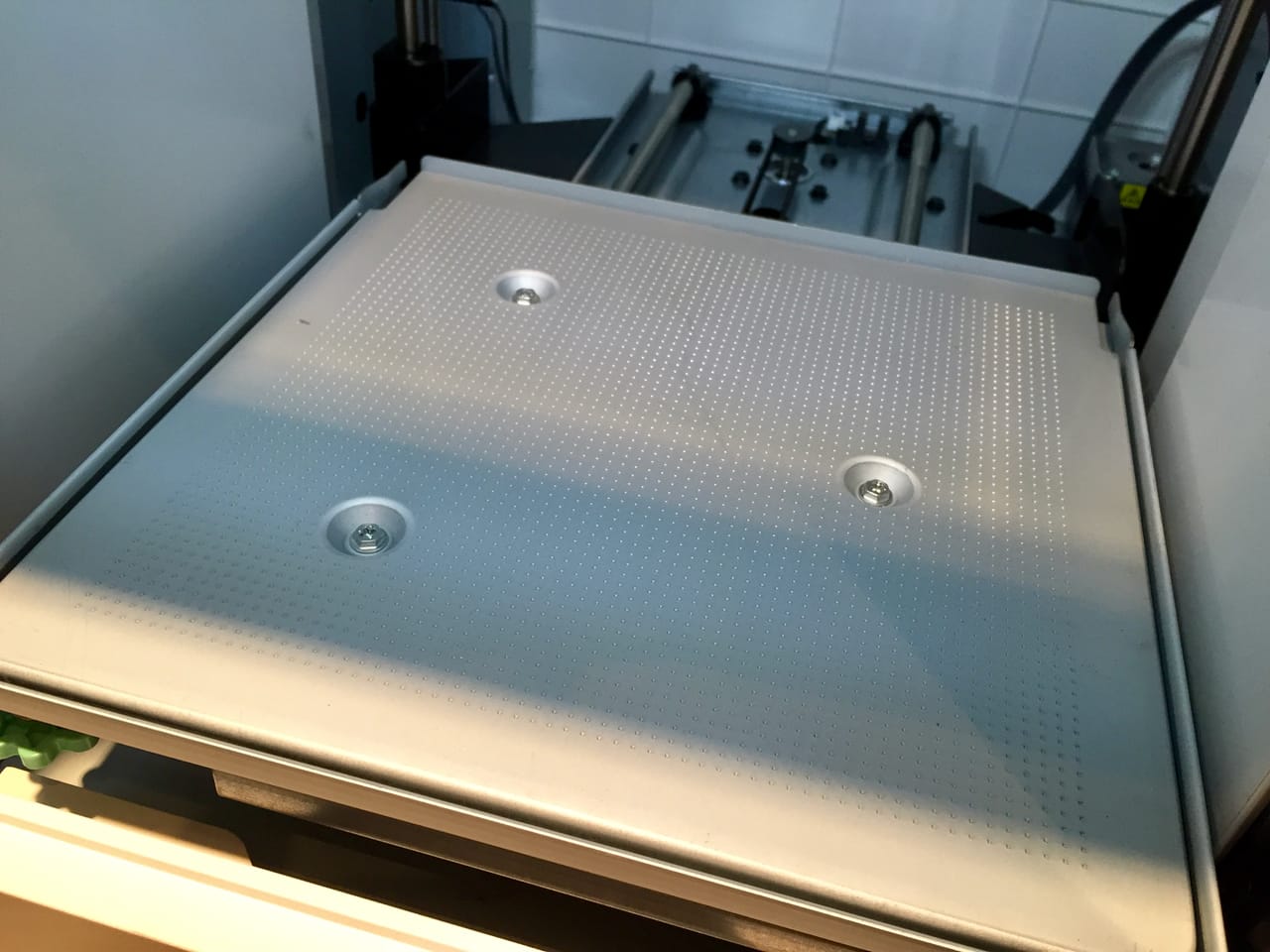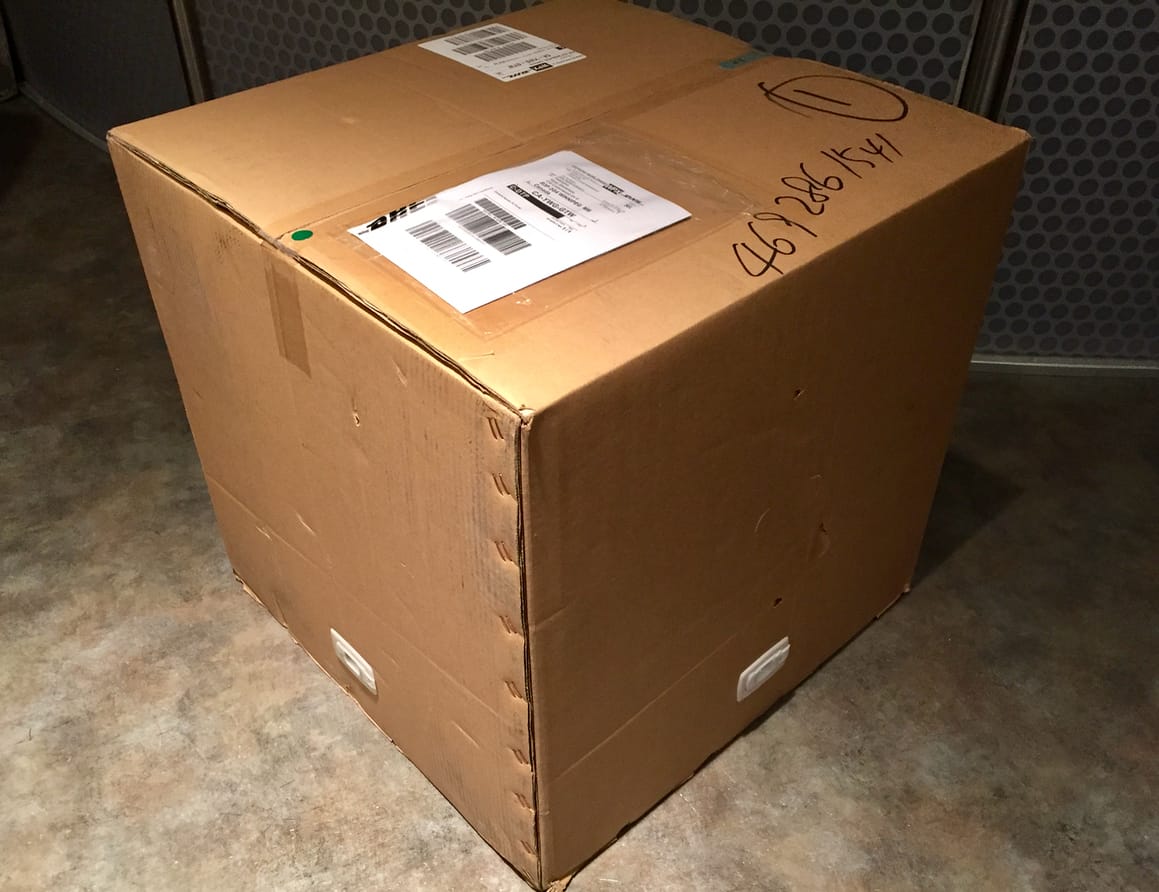
I’ve been a fan of Sindoh’s desktop 3D printer equipment for quite a while, and now they’ve announced their second model, the DP201.
The DP201 is similar to their previous model, the DP200, which has been very well received. That prior model, which is still available, by the way, exhibited extremely positive reliability, quality and ease of use features. And it had a very good price that led to a great deal of units in the field.
I’ve used the DP200 for well over a year and have yet to have any serious issues: the machine simply prints and prints. I’m also aware of a machine operated by a friend who prints almost continuously. He’s pushed over 100 spools of filament through his machine with over 3,600 hours of use – and has yet to have a problem. At that usage level, many desktop 3D printers have had problems, if not permanently broken.
But now all those positive features are included in the new DP201 unit, which has a couple of twists on the original. That means you’re getting a machine that includes an enclosed chamber, heated build platform, networking, webcam, assisted leveling, easy-to-use touch screen, customized slicing software and much more.

Sindoh is positioning the DP201 as an entry-level machine, in that it is designed to 3D print only PLA material. The modifications for PLA are most prominent in the highly unusual print surface, whose approach I have not yet seen on any other device: it’s a flexible, but not springy, removable surface.

The rather thick print surface is completely covered on the bottom with a flexible magnetic layer that snaps the plate into position within the build chamber. It’s not going to move during printing and is fully held down for a completely level print surface. But at the same time it’s very easy to release: you simply lift a corner and peel it up. I have never had an easier experience with build plates.

The process of removing a print from the plate is perhaps the most sensual experience you can have when 3D printing. Just watch this video to see how it works.
I don’t know how many prints it will take to wear out this curious build plate, but I’ve personally printed dozens of 3D models on it and there is zero evidence of any wear at all.

The catch with the DP201 is that you can only print PLA. For 3D printing ABS you’ll need to stay with their DP200 model.

But again, the DP201 is designed as an entry-level machine, and that should work well with my experience with the Sindoh products. They are exceptionally easy to set up. In one case, I was able to COMPLETE (not just begin) a small test print only 30 minutes after starting to open the shipping box for the unit. It’s that easy to use.
Like its predecessor, the DP201 also uses proprietary filament cartridges that include chips to prevent use of other materials. While some companies used this technique to enable monopolistic pricing of inadequate filament for their machines, this does not appear to be the case with the Sindoh products. I’ve found their filament to be of very good quality so far, and the pricing of their cartridges is not at all unreasonable. In fact, they even offer a “reusable spool” where you simply swap out the actual spool inside the cartridge. The replacement filament spools are priced at USD$30 for 700g, which isn’t far out of line price-wise.
The DP201 is available now for pre-order on Amazon, and is set to ship in mid-March. Until shipping, Sindoh is offering the unit at a discounted price of USD$999, whereas the final pricing will apparently be USD$1,299.

